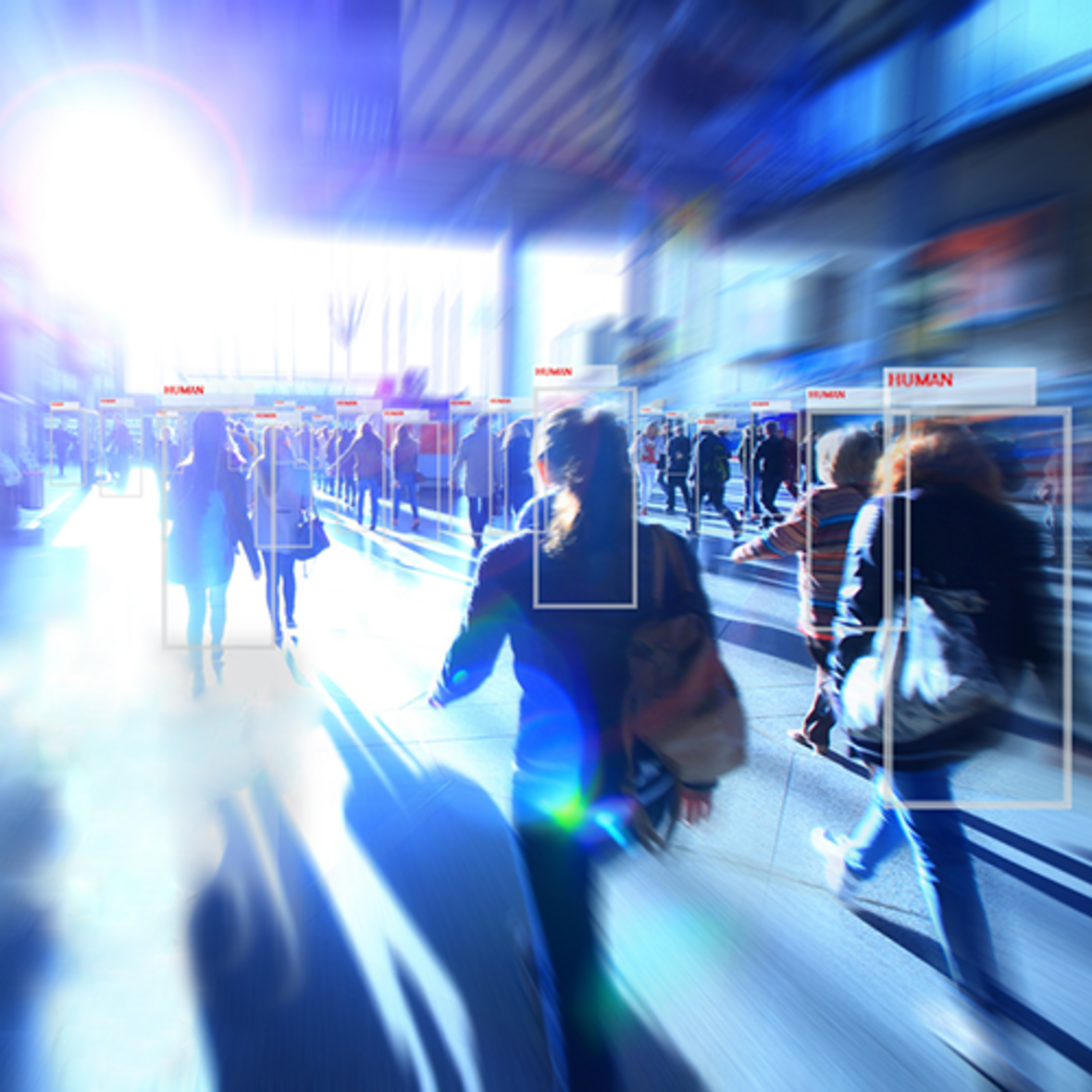Artificial Intelligence
When sensors not only see, but also understand
Artificial Intelligence (AI) is one of the most important technology trends today – and will remain so over the coming years and decades. This is especially due to the fact that deep artificial neural networks are now broadly applicable thanks to the huge amount of training data and computing power.
HENSOLDT has already been using technologies from the AI realm for many years. Our domain expertise and the big amount of data available to our company open up a world of opportunities. With years of in-house development and fruitful partnerships, HENSOLDT is well placed for the next generation of AI.

Deep learning
In the AI area of deep learning, multi-layered artificial neural networks are used to solve specialised tasks such as automatic processing of natural language (NLP) as it is driven for example by voice assistants like Alexa (Amazon). Differentiating reliably between a drone and a bird in flight is an example, of what HENSOLDT systems have to cope with.

Machine learning
Another part of the AI realm, this term describes algorithms that analyse data and learn to make sound decisions from this, the characteristics being assigned by people and the system improving through experience. Recognizing the type of a missile based on the flight path and recommending an appropriate countermeasure is a distinct use case for HENSOLDT.

Artificial Intelligence
This term is used when human intelligence is imitated, there is a high capacity to learn and an ability to think and act ‘intelligently’.
A comprehensive AI solution has a strong facility for abstraction and can interpret even complex relationships and convert them into ‘knowledge’.
AI use cases at HENSOLDT
The MUSS self-protection system is just one of various current examples of AI technologies within the HENSOLDT portfolio. Automatically alerting users to approaching missiles, MUSS has been field-proven for years and is one of the first sensor solutions to use machine learning processes to detect and identify arriving threats. And through regular follow-up training, the self-protection system is constantly improved .
Emitter classification in signals intelligence systems such as the air SIGINT solution Kalaetron Integral is another important use case of artificial intelligence within the HENSOLDT world:
In addition to AI technologies already integrated into our products, there is a lot going on in our area of research and development (R&D). In respect of electronic warfare (EW), tasks such as clustering and signal detection in noisy environments as well as signal classification and identification can be covered with deep learning approaches. Available classification and clustering algorithms have been assessed in research projects with a view to their effectiveness for current and future EW systems. Going forward, HENSOLDT products and sensors will be enhanced further through the introduction of advanced embedded systems with a high degree of AI.
Traditionally, sensor systems rely on an individual computer processor close to the sensor or multiple servers in an HQ for data processing and evaluation. But our idea for next-generation systems is that the sensor itself will do much of this processing work. This will build on existing ‘smart’ features in HENSOLDT’s sensor systems, including automatic object detection, target tracking and moving target indication.
Future scenarios
In the short to medium term, therefore, AI will help to get more out of the data generated by our sensors. In practice, this might mean increased automation with algorithms for pre-filtering huge volumes of data to leave only the content of relevance to the user. Let´s say, a situational awareness system generates 2.5 GB of video data per second, the goal here is to extract precisely the small fraction of relevance without triggering false alarms or overlooking anomalies.
“AI will help us to derive information for decision making. Imagine you are sitting in a main battle tank and there is a system that surveys the environment, it will detect a lot of motion and a lot of objects, and now there is the chance to filter this information so that the operator receives an alarm only in the presence of a real threat.”
Dr Michael Teutsch
Staff Scientist
In the medium to long term, it will be possible to use AI to merge data from different sensors (cameras, radars, EW systems, etc.) in order to get a more holistic and complete overview of a given situation. However, in addition to the technological side of things, there also has to be a focus on the ability to explain and certify AI processes and the consideration of ethical aspects of AI used for military purposes. Human operators must always have the final decision-making authority.
Between AI and customer knowledge
HENSOLDT is looking to the future with confidence. Its domain expertise and the sheer quantity of data already available to the company constitute a major advantage over competitors focusing exclusively on AI.
To provide highly complex defence systems with optimum capabilities, HENSOLDT is in the phase of building up greater AI expertise in house, complemented by cooperations with specialised partners in research and development.
After all, we at HENSOLDT are convinced that tomorrow’s defence systems will emerge at the interface between artificial intelligence and deep knowledge of our customers’ application scenarios.
HENSOLDT solutions
AI including examples of the HENSOLDT portfolio:


